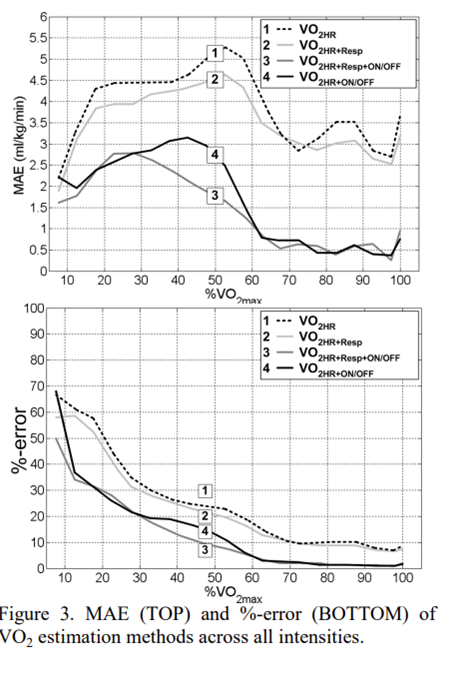I live in an area with a lot of inclines and hills. I use Stryd power to adjust my pace accordingly when I encounter these inclines and hills. My question is if Garmin uses my avg pace or GAP when it evaluates my performance? For example. today Garmin suggested I do a 9:15 pace run. Because of the hills my avg pace was 9:46 but my GAP was 9:20.


